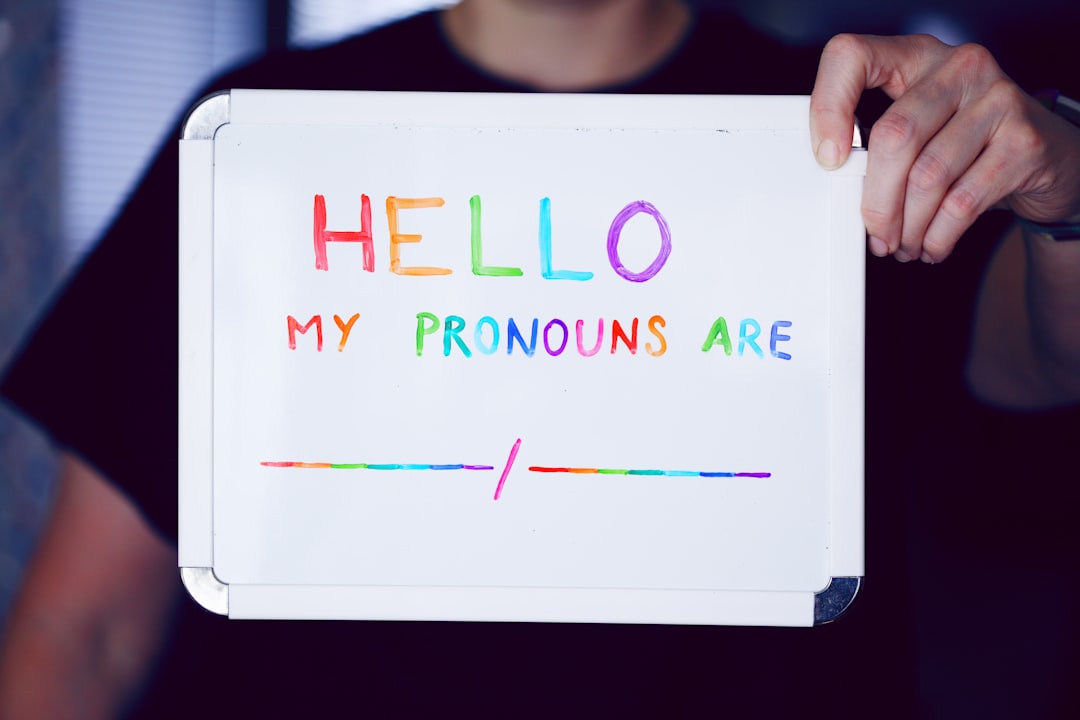What is it about?
Open Access Traditionally, languages have been separated from each other in the school curriculum and there has been little consideration for resources that learners possess as emergent multilinguals. This policy is aimed at the protection of minority languages and has sought to avoid cross-linguistic influence and codeswitching. However, these ideas have been challenged by current multilingual ideologies in a society that is becoming more globalised. Within the field of multilingual education studies, there is a strong trend towards replacing the idea of isolated linguistic systems with approaches that take multilingual speakers and their linguistic repertoire as a reference. This article focuses on translanguaging, a concept that was developed in bilingual schools in Wales and refers both to pedagogically oriented strategies and to spontaneous language practices. In this article, translanguaging will be analysed as related to the protection and promotion of minority languages. Examples from multilingual education involving minority languages will be shown in order to see how translanguaging can be at the same time a threat for the survival of minority languages and an opportunity for their development. A set of principles that can contribute to sustainable translanguaging in a context of regional minority language use will be discussed.
Featured Image
Why is it important?
The article reflects on issues surrounding new trends in multilingualism and pedagogical applications of translanguaging in the context of minority languages, such as Basque. It contains a number of concrete proposals.
Perspectives
I have noticed that people enjoy reading this article.
Professor Durk Gorter
Universidad del Pais Vasco
Read the Original
This page is a summary of: Minority languages and sustainable translanguaging: threat or opportunity?, Journal of Multilingual and Multicultural Development, February 2017, Taylor & Francis,
DOI: 10.1080/01434632.2017.1284855.
You can read the full text:
Resources
Contributors
The following have contributed to this page










